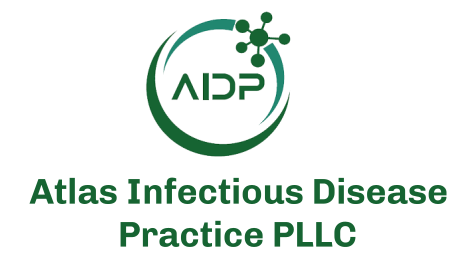MRSA emerged long before methicillin was introduced, researchers find
A study today in Genome Biology suggests methicillin-resistant Staphylococcus aureus (MRSA) emerged several years before methicillin was used to treat S aureus infections.
To identify the origins of MRSA, which first started to appear shortly after methicillin was introduced in the United Kingdom in 1959 in response to widespread penicillin resistance in S aureus, researchers conducted whole genome sequencing on a collection of 209 MRSA isolates recovered in Europe between 1960 and 1989. In reconstructing the evolutionary history of the isolates, they hoped to identify when the first MRSA lineage arose, and when it acquired the staphylococcal cassette chromosome mec (SCCmec), a collection of genes containing the mecA gene, which is associated with methicillin resistance.
The earliest MRSA isolates belonged to sequence type (ST) 250, and further investigation of 122 isolates with precise dates and places of origin indicated that a SCCmec element had initially been acquired by S aureus around or before 1946. The researchers theorize that widespread use of penicillin to treat S aureus in the 1940s and 1950s then selected for strains carrying the mecA gene, which also encodes penicillin resistance. That would explain why MRSA began to appear within a year of methicillin being introduced in the clinic.
“Our study provides important lessons for future efforts to combat antibiotic resistance,” corresponding author and molecular biologist Matthew Holden, PhD, says in a press release from the University of St. Andrews. “It shows that new drugs which are introduced to circumvent known resistance mechanisms, as methicillin was in 1959, can be rendered ineffective by unrecognized, pre-existing adaptations in the bacterial population.”
Holden and his colleagues say the findings highlight the importance of continual surveillance of pathogen populations for evidence of emerging adaptations and resistance patterns.
Jul 20 Genome Biol study
Jul 20 University of St. Andrews press release
Australian surveillance shows increase in drug-resistant gonorrhea
An Australian surveillance system set up last year to provide early warning of the spread of resistant bacteria has detected more than 1,000 cases across the country resistant to last-line antibiotics and an increase in antibiotic-resistant gonorrhea, according to a report yesterday from the Australian Commission on Safety and Quality in Health Care (ACSQHC).
The first report of the National Alert System for Critical Antimicrobial Resistance (CARAlert) revealed 1,064 instances of highly resistant bacteria from Mar 17, 2016, to Mar 31, 2017. Scientists reported at least one strain of bacteria that cannot be treated by last-line antibiotics in every state and territory. These strains are called critical antimicrobial resistances (CARs), and at least 37% of all CARs were from patients in the community, not from hospitalized patients.
An average of 86 entries were made to CARAlert each month.
Before December 2016, the most commonly reported CARs were carbapenemase-producing Enterobacteriaceae (CPE). One type of CPE, called the IMP type, is now endemic on the eastern seaboard.
Since December, the most frequently reported type of CAR was azithromycin-resistant Neisseria gonorrhoeae, which accounted for 67% of all CARs reported to the CARAlert system in February this year and 62% in March. Azithromycin is a key gonorrhea antibiotic.
Jul 19 ACSQHC report
Jul 19 ACSQHC news release
WHO: HIV strains becoming resistant to common antivirals
The World Health Organization (WHO) warned today of growing drug resistance in more than 10% of people beginning antiretroviral treatment for HIV.
The information was based on data from 11 countries surveyed in Africa, Asia, and Latin America. In six of those countries, 10% of newly diagnosed HIV (human immunodeficiency virus) patients have a strain that’s resistant to antivirals. Once the 10% resistance threshold is crossed, the WHO recommends that a country re-evaluate which antivirals are used as first-line treatment.
According to the WHO, mathematical modeling shows that, in the next 5 years, 135,000 deaths and 105,000 new infections could occur if resistance patterns continue. This would raise HIV treatment costs by an additional $650 million in the 5-year period.
“Antimicrobial drug resistance is a growing challenge to global health and sustainable development,” said Tedros Adhanom Ghebreyesus, PhD, director-general of the WHO. “We need to proactively address the rising levels of resistance to HIV drugs if we are to achieve the global target of ending AIDS by 2030.”
Resistance to antiretrovirals occurs when people do not take the drugs as prescribed, which often happens when people do not have consistent access to HIV care. The levels of HIV in their blood increase, and they can transmit the new, resistant virus to others, the WHO said.
Jul 20 WHO news release






